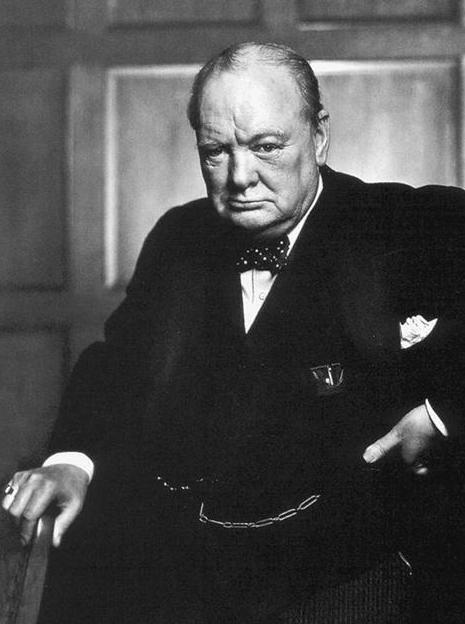Design started in the early 1950's on the Medium Gun tank No 2, renamed in 1962 to the FV4201. The two main requirements were for survivability and firepower. These requirements were due entirely to the expected threat of the Warsaw Pact forces.
In line with with NATO it was decided to fit multi-fuel engines to all new tanks. Everyone else quickly realised this was impractical, however, despite reservations the Chieftain was fielded with such an engine. It is safe to say that the engine was the thing that broke the tank.
The L60 multi-fuel engine was based on parts from a World War Two era Junkers Jumo engine, the same type as those fitted to the various German bombers! It was also built by a company that had a less than stellar reputation in the motoring industry. The engine performance was so poor that when in 1960 automotive trials were carried out, the tank actually failed to finish.
 |
| Conqueror, Centurion and Chieftain 컨커러, 센츄리온, 치프틴 |
The armour protection to the front of the tank was provided by cast armour inspired by an IS2 the British had found under a collapsed block of flats in Berlin in 1945. The casting of the turret was so thick that each one had to cool for one year.
In 1962 two tanks were given to the British army for testing in the German winter. At first the crews loved the ability for the tracks to grip the ground, and the handling was deemed to be excellent. Then the crews realised the tank lacked a heater.
The lack of a heater wasn't as much of an issue in Iran. By the time of the 1979 revolution the Iranian army had brought about 700 Chieftains. At the end of 1980 when the Iran-Iraq war broke out, those Chieftains were still crewed by experienced well trained soldiers. The High Command of the Iranian forces wasn't of such high quality. In the Chieftains first combat deployment it began to show its flaws, these were exacerbated by the poor Iranian command.
In January 1981, after the Iraqi offensive had run out of thrust the Iranians launched a counterattack at a place called Susangerd. The Iranians brought about 400 Chieftains to bear on a slightly smaller Iraqi force. The Iranians lacked reconnaissance and artillery support.
Before the battle could be joined Iranian engineers began to construct bridges over the Karkheh River. Without screening reconnaissance forces the Iraqi's could calmly watch and report. Realising that a major offensive was planned the Iraqi force fell back two kilometres and took up defensive positions, also digging in on the flanks to create a perfect kill zone.
The area itself was the flood plain for the river, and was extremely boggy and wet. Only two paved roads ran across the area. The lead Iranian Brigade attacked along these roads in column, with no scouts to screen them.
When the Iraqi's opened fire from their hull down positions they had perfect flank shots negating the huge advantage of the Chieftains frontal armour. Equally when the Chieftains tried to manoeuvre they bogged down and became immobilised with frightening ease due to the poor power output and unreliability of the engine. The entire lead brigade was wiped out.
 |
| Frontal penetrating hits on Iranian Chieftains 이란군 치프틴의 전면을 관통당한 치프틴 |
It was all for nought as the Iranian Chieftains took too much of a beating and they had to fall back. After the battle one hundred Iranian tanks had been destroyed and a similar number were captured. The Iraqi's had lost about fifty tanks and fifty more smaller armoured vehicles.
This costly failure did combat test one part of the Chieftain that passed with flying colours, Crew survivability. All the bag charges in the Chieftain were contained in a special storage container filled with a Glycol and water mixture. This often managed to retard the rate at which the bag charges burned when a tank was penetrated. When a container was pierced there would be a white smoke and a loud hissing noise giving warning that a fire had started. Although eventually the fire would spread this would often take several minutes, more than long enough to evacuate wounded crew members. In comparison a Soviet tank on the Iraqi side would often be torn apart immediately by its ammunition exploding if it was penetrated.
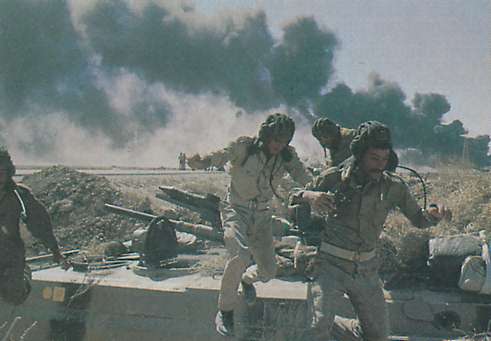 |
| Iraqi's bailing out of a BMP1 이라크군이 BMP1에서 탈출하고 있다 |
Part two will be next week.
Edit 10/2/14:
Made a mistake with the dates, and I, rightly, got called up on it. The error is fixed now.








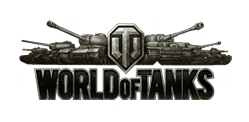

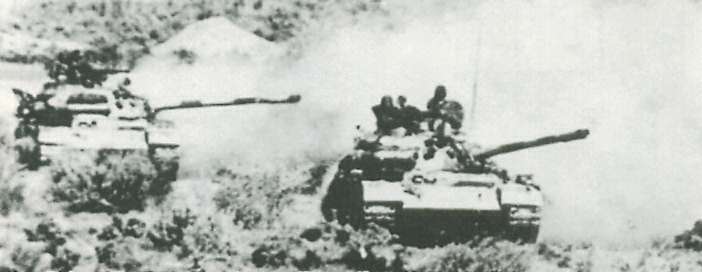

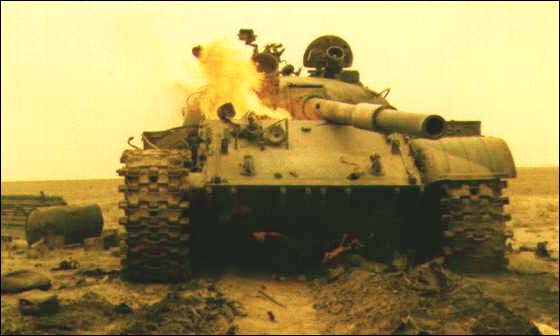
 처칠
처칠 